Norway 2019

Legal Director | Nordic Semiconductor


Marianne Frydenlund
Legal Director | Nordic Semiconductor
What would you say are the unique qualities required to be successful as an in-house
lawyer in your industry?
Regardless of what you are selling or buying, the scope of your delivery
and/or service is crucial in order to evaluate if you have a fair and reasonable contract in
front of you. [This should] allocate risk to the party that is likely to be able to handle or
mitigate it, and if you are able to deliver on time and to the quality that your customer expects. Technical knowledge and interest in addition to a profound understanding of the
operations is certainly what gives me credibility as a lawyer in an engineering dense
environment. You don’t have to have the degree of technical knowledge as an engineer does, but
you’ve got to have a deep insight to what the company produces, the industry and company competitors, and have an understanding of how the products are made, shipped, sold and their field of
application. From my experience, it is when you can combine knowledge from multiple
disciplines that you are more likely to think outside the box and come up with ideas that no
one had thought off before and assess the risk properly. And at this point, you will have
gained the trust as a contributor outside your legal scope.
Do you have any effective techniques for getting the most out of external counsel, in terms
of how to instruct them?
I make sure to be very precise in describing what I am after and especially if I have reached
out to a senior lawyer for his or her specific experience in one aspect of the law, I make sure
that this is the person that is billing me the hours and not the associates. I believe that law
firms can provide excellent standard templates, but that customisation should be done by
internal personnel who will be working with the contracts on a daily basis.
Looking forward, what technological advancements do you feel will impact the role of in-house legal teams in the future the most?
Being one lawyer serving 721 employees globally, I can easily say that a reading tool for non-disclosure agreements would be a huge advantage. I spend a lot of time reviewing non-disclosure agreements for
our sales’ department, and if I had a tool that could do this for me that would alert me on
certain parameters, I could spend more time on other important tasks. Different templates
for specific legislations is also something that would benefit a growing, global company, so artificial intelligence and machine learning will impact us for sure.
Patent Infringments in the IOT Space
When entering into new contracts for our standard silicon products, Nordic Semiconductor is requested to “defend, indemnify and hold harmless” our new customer from patent infringement. However, there is usually one point or level in the supply chain where a Standard Essential Patent (SEP) owner will choose to licence its technology, and for communications technology, the licencing point has historically been at the end-user equipment level such as a mobile phone or tablet. The patent owners generally believe that they are entitled to a certain percentage of the end-product sales price. If the patent owners would license a System on Chip (SoC), which is the smallest component implementing the LTE-M and NB-IoT standards, they would be entitled to a percentage on a less than US$10 product rather than on a US$1000 product. All SEP owners are only entitled to be paid once for a license to the same technology. Due to the legal doctrine of patent rights exhaustion, a licence covering SoC-products could potentially leave all customers (including distributors and ODMs) licensed, as only one license will be needed with any one SEP owner. The SEP owners would then either be: A) Barred from claiming royalties on the end-product because the SoC is licensed, or B) if customers already have a license with a SEP owner such as Ericsson, Nokia or InterDigital, it is likely that they have a “have made”-clause in their license agreement, which would leave products inside the customer’s product licensed. This would then leave the SEP owners “double dipping”, i.e. claiming royalties in several tiers of the supply chain. The patent pools and the SEP owners have shown reluctance with regards to extending a license to chip manufacturers and other suppliers, ref. Continental vs Avanci, because they find it hard to calculate a fair and reasonable price on SoC-level, and they try to avoid the risk of charging for the same technology twice (“double-dipping”). Due to the circumstances in the IoT-licensing space, suppliers of SoCs, or integrated circuits (ICs), are not in a position where they can offer indemnification for Standard Essential Patents (SEP). The principle of indemnification is to take over your contracting party’s risk, when the indemnifier would be closer to, and able to, handle this risk. In this situation however, the risk is outside of the supplier’s control when there are no available licensing programs on IC-level. If an IC-supplier would “defend, indemnify and hold harmless” a customer, he would end up negotiating a license agreement on behalf of that customer, with a royalty rate that would be based on the customer’s product and supplier would not end up as a party to that agreement. I believe that the SEP-owners’ position to license end-products, is a breach of one of the core principle of licensing standard essential patents, which is that a FRAND license should be available to anybody that wants to implement the standard. Since this is status quo in the licensing space of IoT, how can customers continue to require their suppliers to extend indemnification for patent infringement? Having spent years in the construction industry where indemnifications are offered from a party who’s closer to bare the risk, this requirement from customers in the semiconductor industry for the suppliers to “defend, indemnify and hold harmless” from patent infringement is practically impossible to comply with considering the SEP owners’ licensing strategy. To complicate it even more, the “indemnified parties” often include customer’s distributors, subcontractors, customers and assigns, and there is no room for adding a risk contingency to the sales price that would cover this potential loss for the suppliers as the risk is disproportionate with the sales price. We can only hope that customers acknowledge this situation and accept to alter the risk allocation, until the licensing practice changes and licencing are offered to everyone who wants to implement the standard.